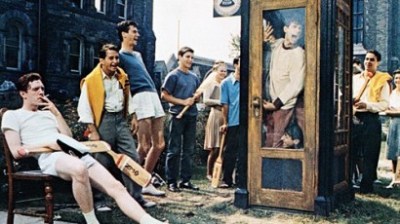Last Friday, I attended a workshop by Edward Tufte, a master of data visualization, in Denver. Here’s what I learned.
On showing only information; no junk:
In a completely dark room inside the Hyatt hotel, Tufte started the workshop by showing a beautiful animation by the “Music Animation Machine“, a website created by Stephen Malinowski. Below is an animated example of Debussy’s Clair de Lune. In Tufte’s words: “there is no chart junk here”, i.e. everything you see is pure information that contributes to your understanding.
On effective writing:
If you want to have examples of effective information communication, look at sites that receive many viewers, such as New York Times or ESPN. What you’ll learn from them:
- Always mention your sources
- Include quotes from external experts
- If you want to communicate just a few numbers, integrate them into your text; do not create “data junk”, i.e. small tables or bar charts to communicate just a few numbers
- Create beautiful templates to communicate complex data, such as NYT’s visualization of Obama’s 2013 budget proposal
On better meetings:
Start each meeting by giving all participants a written briefing. Do not brief people by giving a presentation. We can process information more quickly through reading than speaking. (Also: don’t send the written document out in advance expecting meeting participants to read it. Create time in the meeting for people to read your information.) Jeff Bezos uses 6-page memos and 30 minutes of silent reading for all important meetings at Amazon.
So, when you next visit your doctor, do not tell them what’s the matter—write down your complaints in stead. When you finally get to meet with the doctor, give him your printed out complaints, and ask him to silently read it.
On combining words, drawings, and images:
We can process all kinds of information together. Our mind does not filter “words” from “images”. The reason we have text editors for words and Photoshop for images and Illustrator for drawings is that it’s easier for the software makers and possibly the creator, but definitely not for the reader.











